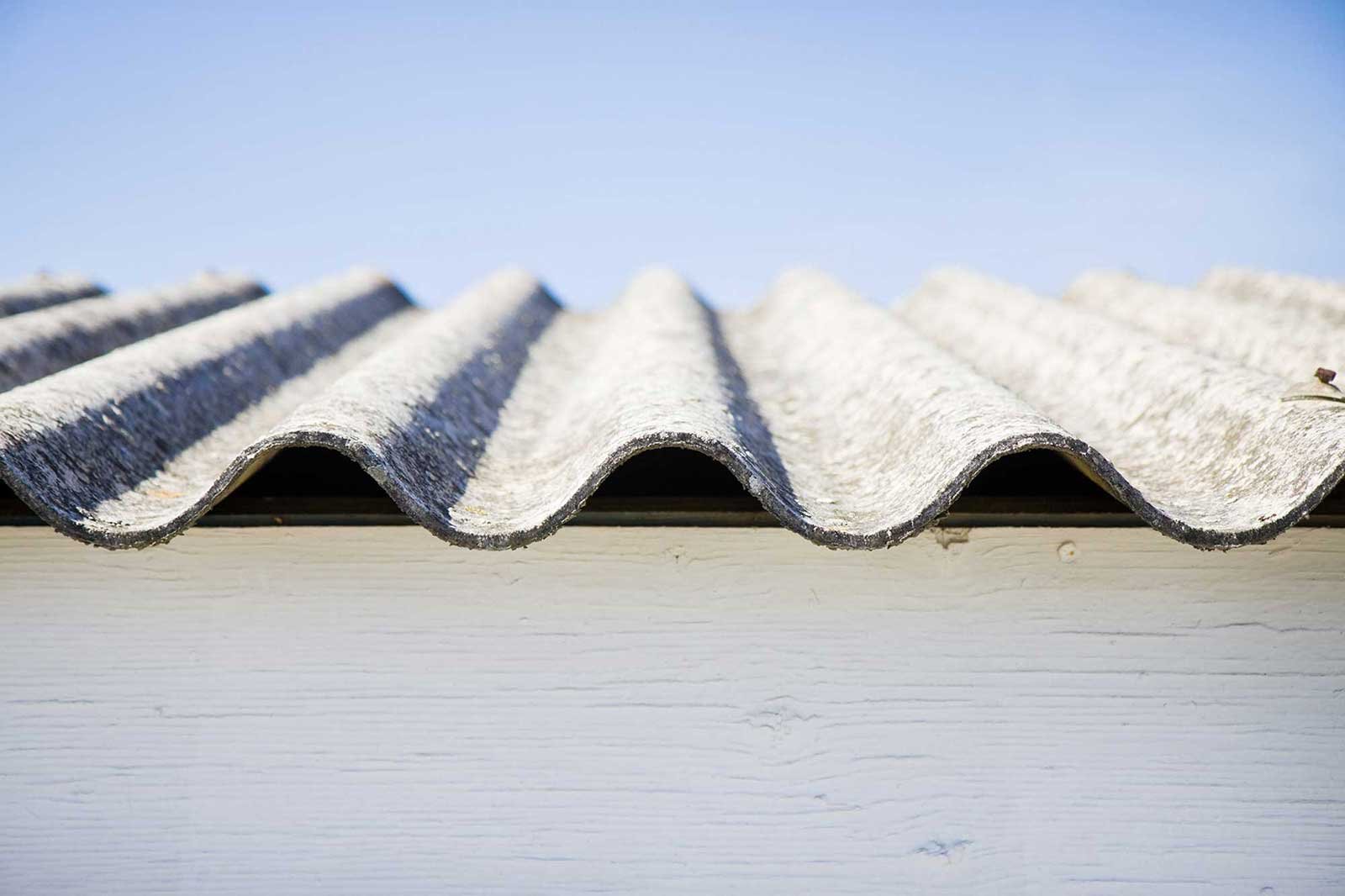
Jul








How you build your roof can have a big impact on the temperature inside your home. Find out what roofing elements make the difference.
Roof colour
In school, we all learnt that dark colours absorb light and lighter colours reflect it. But does this actually matter when it comes to your roof?
The answer is yes.
Light energy is converted to heat energy, which can mean that darker colour roofs absorb more heat. A study found that plywood under dark roofs in direct sunlight is consistently 5 - 8°C degrees hotter than the plywood under light coloured roofs. This 5 degree change can actually make a big difference to the amount of heat radiated into your home.
Roof material
The same way that different colours absorb light, different materials absorb different amounts of heat.
Take metal roofs, they tend to heat up quickly but they don’t hold heat for long and are therefore not good insulators. Terracotta, concrete and stone tiles on the other hand are dense and have a greater thermal mass, so they store more heat.
Insulation is another roof material that can have a big impact on the temperature in your home. Adequate insulation in your roof and walls will allow your home to be warm in winter and cool in summer.
Find out more about insulation here.
Other materials that can have an impact on the temperature in your home is the paint you use. You can find paints or coatings that are designed to absorb less heat, which will help to keep the roof space cooler.
Roof technology
Although their effectiveness has been disputed, whirlybirds and other roof ventilation can have an impact on the temperature in your home.
They are designed to increase airflow in attics and roof spaces, therefore moving trapped, hot air out and cooler air in. Although their affect may seem minimal, it has been found that having lots of whirlybirds (rather than just 1 or 2) is much more effective.
BOOK A FREE
ROOF CONSULTATION











79 Cambridge Street, Coorparoo Brisbane QLD 4151
QBCC Lic. #1147373 Master Builders 64246